Go the extra mile
Towards a cooler planet
The evolution of energy-efficient clothes dryers: a leap towards sustainability
2 September 2022
The urge to enhance energy efficiency has catalysed significant advancements in household appliances, with clothes dryers now at the forefront of this transformation.
As energy costs continue to rise and awareness of environmental issues deepens, the quest for innovative and efficient ways to dry clothes has become not only a matter of convenience but a necessity for modern living.
This article delves into the remarkable journey of energy-efficient clothes dryers, highlighting their development, significance, and the positive impact they have on households and the environment.
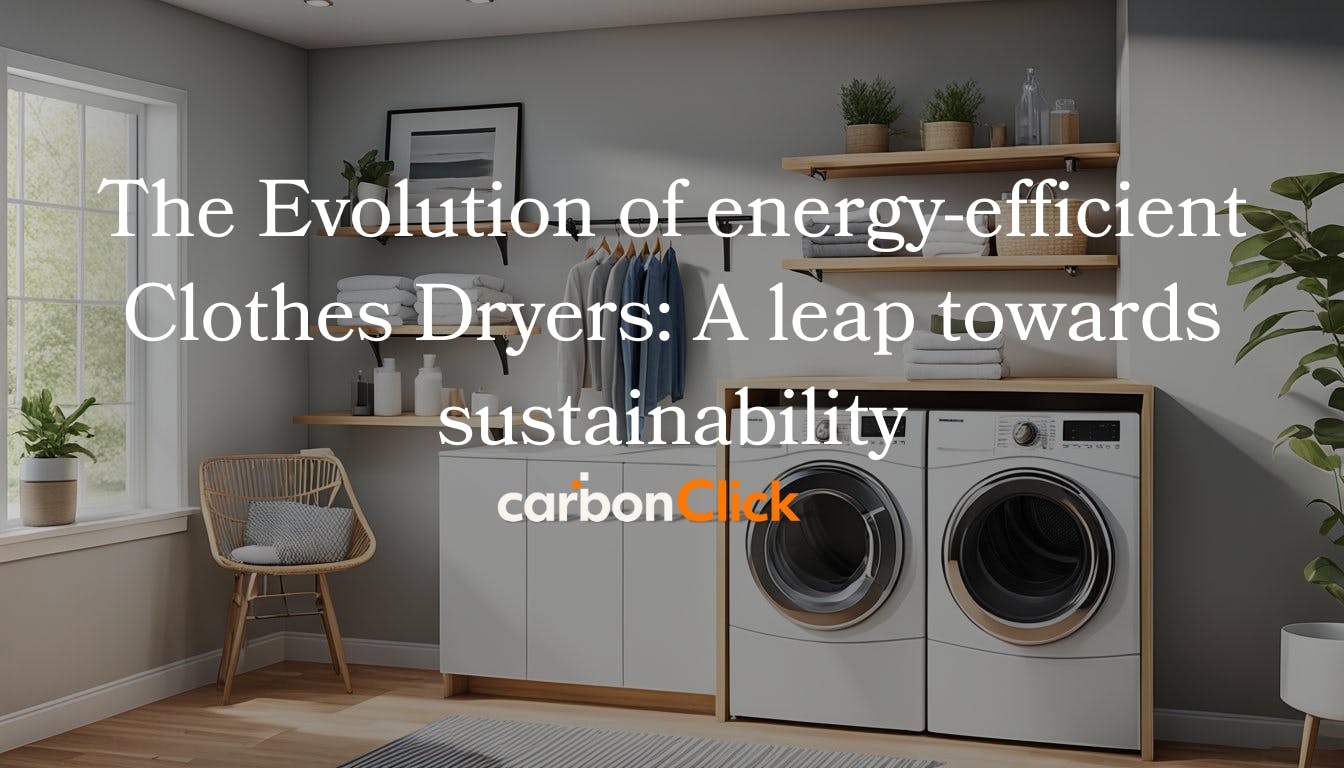
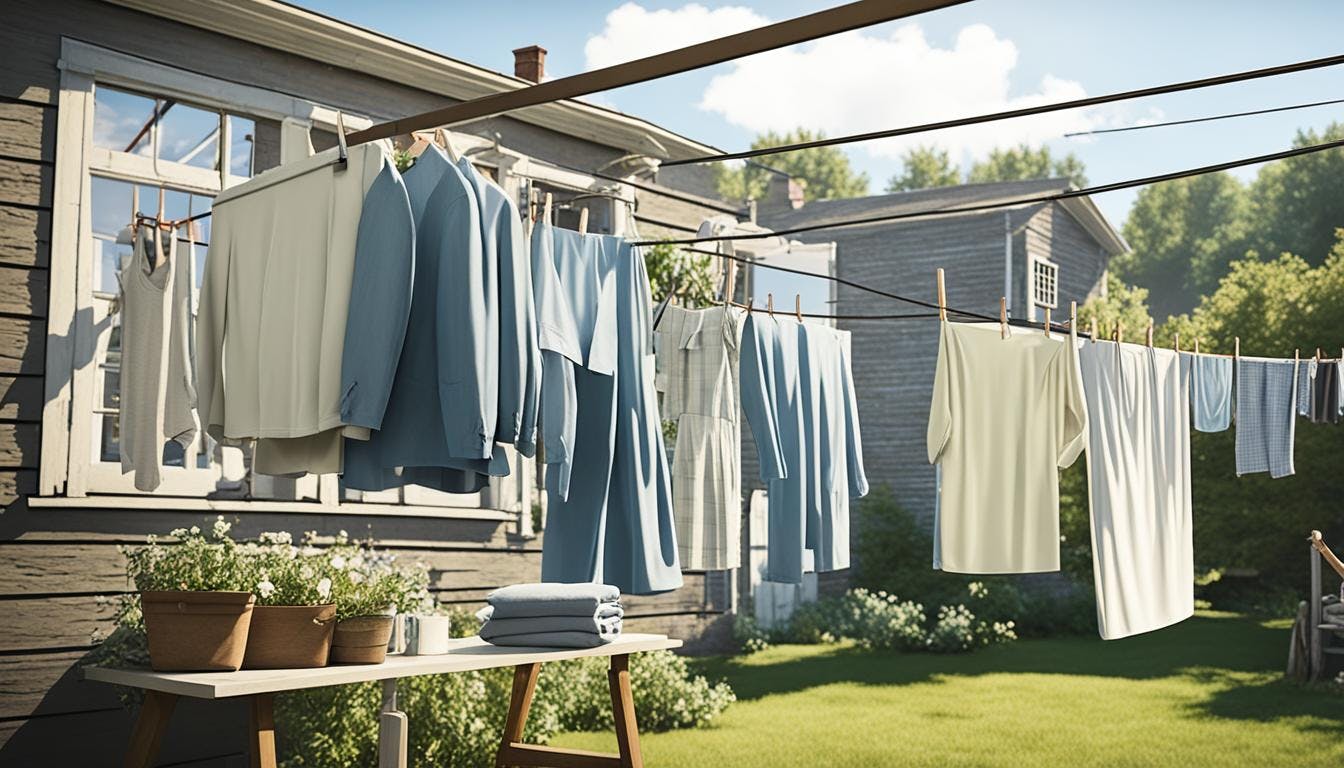
The Historical context of Clothes Dryers
To understand the evolution of energy-efficient clothes dryers, it’s essential to look back at their history.
The earliest versions of clothes dryers were nothing more than outdoor drying lines, where fabrics were hung to air dry in sunlight and wind. This method, while effective, was highly dependent on weather conditions and did not meet the needs of families in colder or rainier climates.
In the late 19th century, the first mechanical dryers emerged, using coal or gas for heat. These were cumbersome and often inefficient. The technology evolved through the years, with the introduction of electric dryers in the 20th century marking a significant turning point.
However, these early electric models consumed vast amounts of energy, raising concerns about electricity costs and their overall environmental impact.
The Push for energy-efficiency
As the 21st century approached, a combination of rising energy costs, environmental concerns, and technological advancements sparked a movement toward energy-efficient appliances. The introduction of the Energy Star programme in the United States in 1992 marked a significant milestone. This initiative created a voluntary labelling system for appliances that meet strict energy efficiency guidelines set by the U.S. Environmental Protection Agency (EPA) and the Department of Energy (DOE).
Energy Star certified clothes dryers are designed to use less energy than conventional models, often incorporating advanced features such as moisture sensors and variable drying settings. This ensures that clothes are dried effectively while minimising energy consumption. The adoption of these guidelines has led to widespread changes in manufacturing practices, resulting in products that not only perform better but also save money on energy bills for consumers.
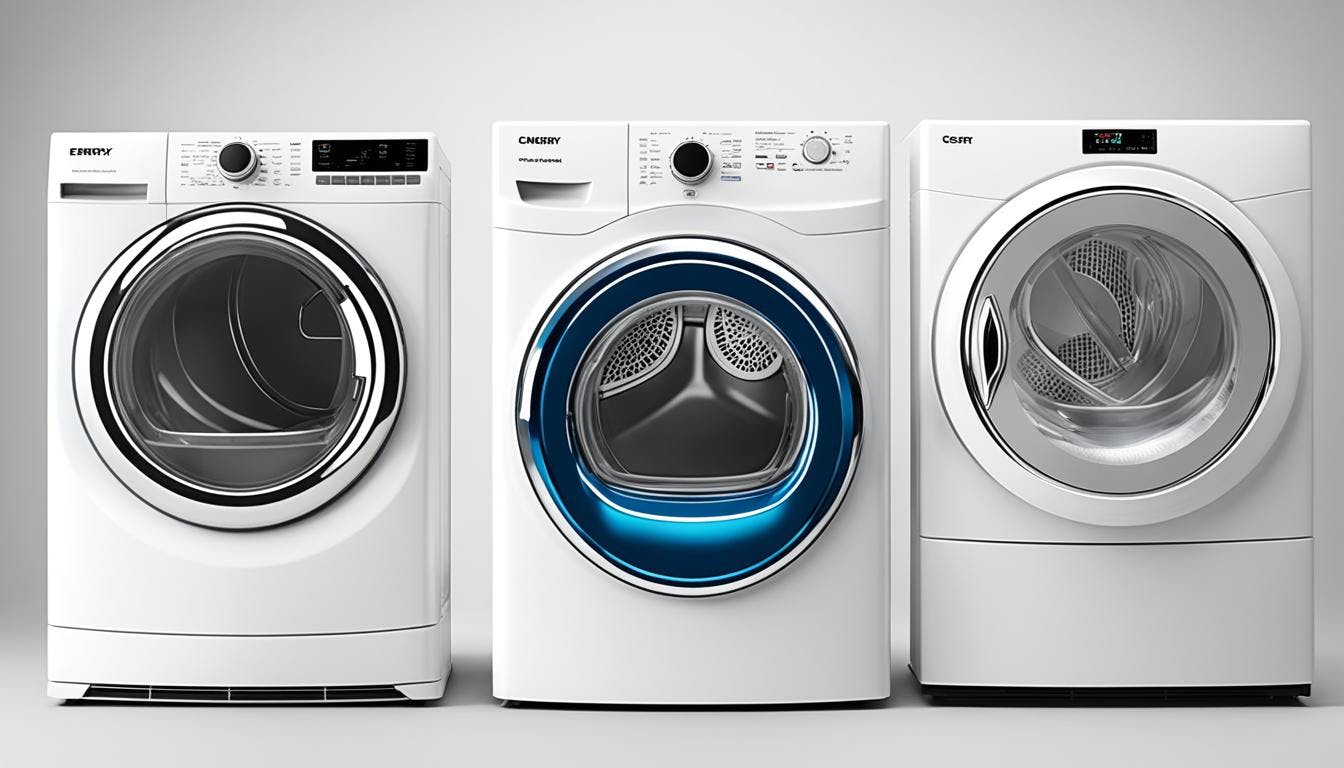
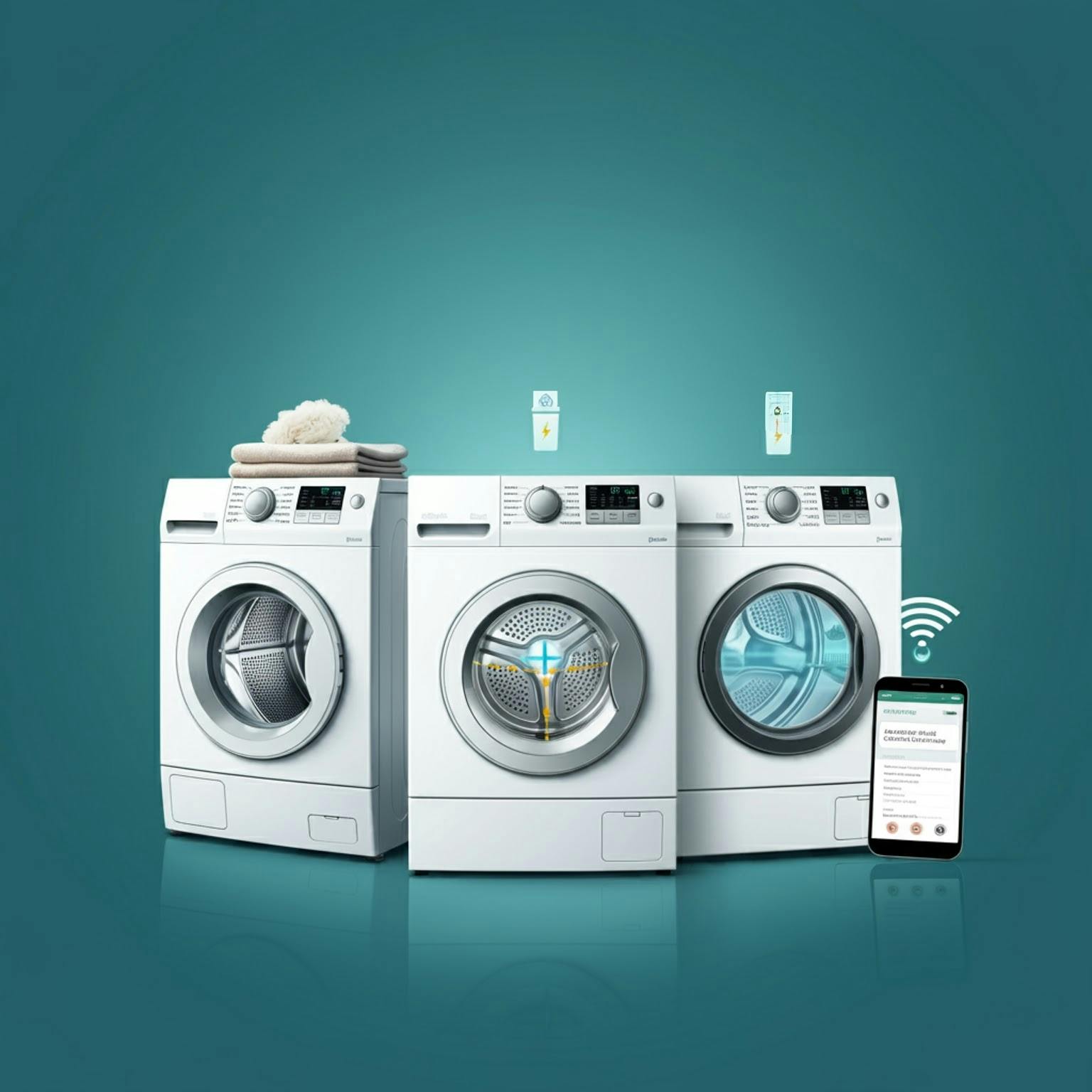
Technological innovations in Clothes Dryers
The path toward energy-efficient clothes dryers has been paved with various technological innovations. One of the most notable advancements is the incorporation of heat pump technology. Unlike traditional dryers that use electric heating elements to generate heat, heat pump dryers recycle hot air. They extract moisture from clothes and use a heat exchanger to warm up the air, significantly reducing energy consumption.
Moisture Sensors for Improved Efficiency
Another innovation is the use of moisture sensors, which detect when clothes are dry. This eliminates the energy wasted on over-drying, a common practice in conventional dryers. By automatically adjusting the drying time based on the moisture content of the laundry, these sensors not only save energy but also prolong the life of clothing by reducing wear and tear.
The Rise of Smart Technology
Smart technology is also making its way into clothes dryers. Many modern models now feature Wi-Fi connectivity, allowing users to control their appliances remotely via smartphone apps. This capability not only adds convenience but also provides insights into energy use, enabling consumers to optimise their drying habits for maximum efficiency.
The impact on Household Energy Consumption
The shift toward energy-efficient clothes dryers has had a noticeable impact on household energy consumption. On average, households that switch to Energy Star certified dryers can save several hundred pounds over the lifespan of the appliance. This reduction in energy use is not only beneficial for individual budgets but also contributes to a decrease in overall energy demand.
As more households adopt energy-efficient appliances, the cumulative effect on energy conservation becomes significant. A reduction in energy consumption leads to fewer fossil fuels being burned to generate electricity, which in turn results in lower greenhouse gas emissions. This creates a ripple effect that benefits the environment and promotes a more sustainable energy future.
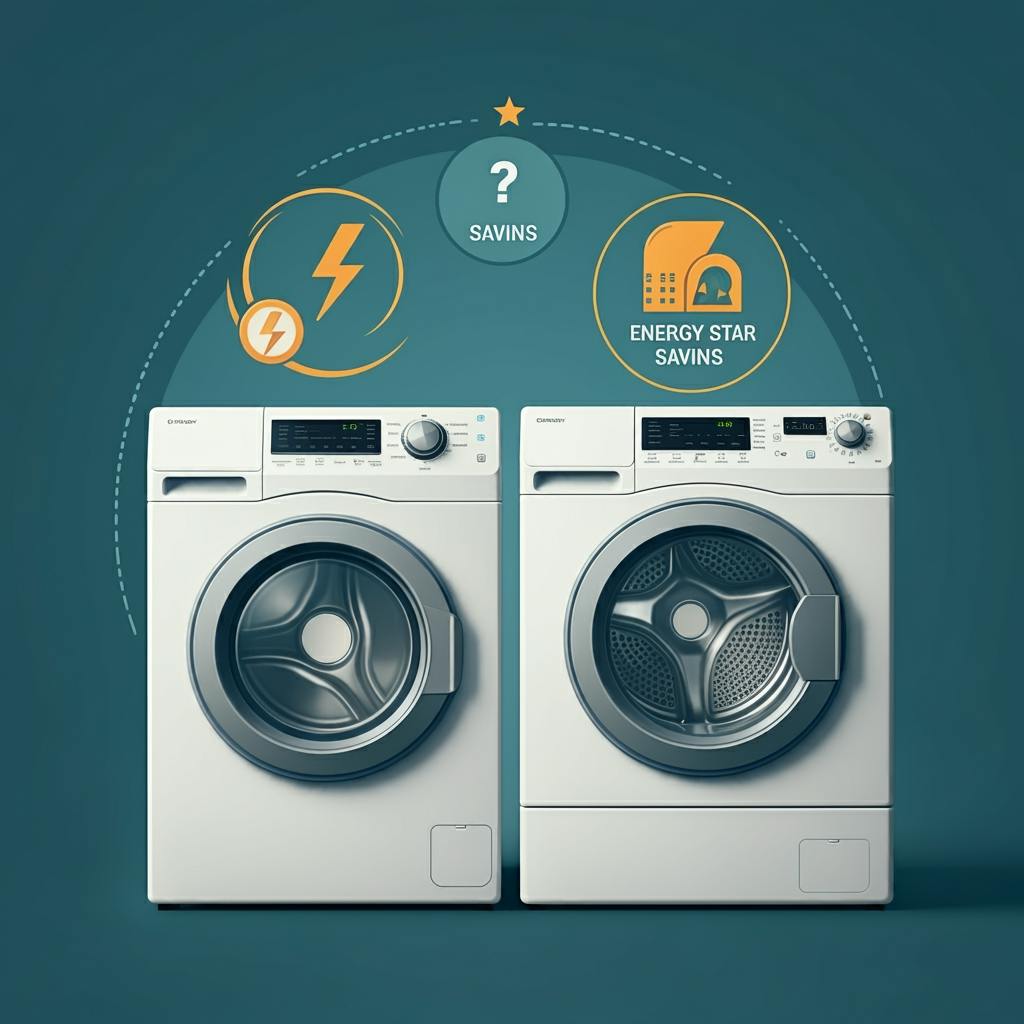
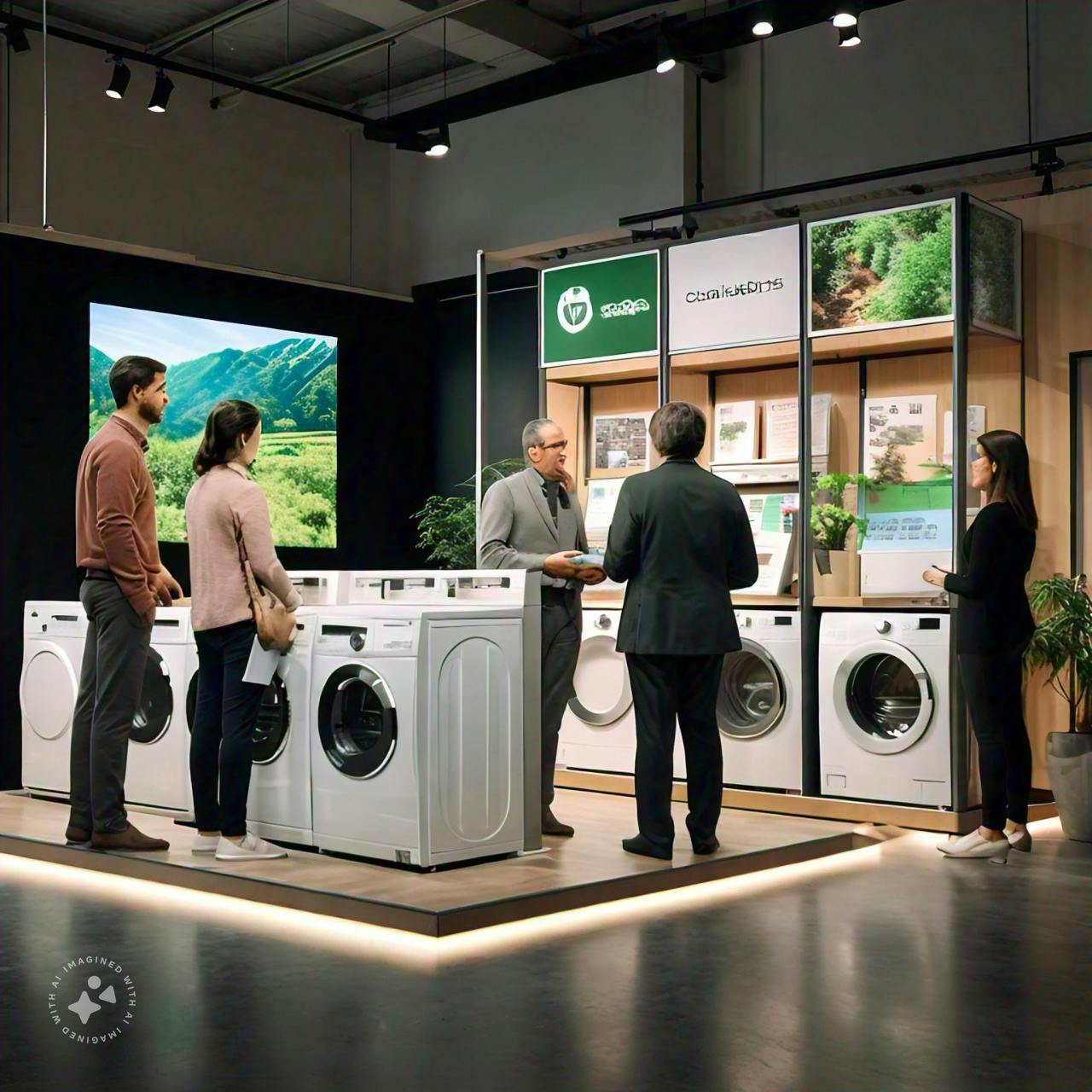
The importance of Consumer Awareness
While technological advancements have played a critical role in the evolution of energy-efficient clothes dryers, consumer awareness and behaviour are equally important. Understanding the benefits of energy-efficient appliances is crucial for driving change in purchasing decisions. Manufacturers and retailers are increasingly emphasising the importance of energy efficiency in their marketing strategies, highlighting both the long-term savings and the positive impact on the environment.
Moreover, educational initiatives aimed at informing consumers about the energy consumption of various appliances can empower them to make informed choices. As individuals become more conscious of their energy usage, they are more likely to seek out products that align with their values and contribute to a sustainable lifestyle.
The future of Clothes Drying Technology
As we look to the future, the evolution of clothes drying technology is poised to continue. Manufacturers are investing in research and development to create even more efficient and innovative solutions. Emerging technologies, such as solar-powered dryers and advanced drying algorithms, illustrate the commitment to sustainability and energy conservation in this sector.
Furthermore, as global awareness of environmental issues grows, regulations may become stricter, pushing manufacturers to enhance the efficiency of their products even further. The introduction of new standards can encourage innovation and improve energy performance across the industry.

Conclusion
The journey of energy-efficient clothes dryers showcases how innovation can lead to significant benefits for both consumers and the environment. From the historical roots of outdoor drying lines to modern, technologically advanced appliances, the evolution of clothes dryers reflects a broader shift towards sustainability and efficiency in household practices.
As consumers become increasingly aware of their energy consumption and its implications, the demand for efficient appliances will undoubtedly rise. This, combined with continued technological advancements, will shape the future of clothes drying in ways that are beneficial for both households and the environment. Collectively, we can embrace a future where energy-efficient clothes dryers contribute to a more sustainable and responsible approach to domestic life.
17 South Street
Auckland 1010
New Zealand
info@carbonclick.com- -
- X
Sign up. Be inspired. Get clicking.
Subscribe now to stay up to date with CarbonClick, carbon offsetting and climate action.
By signing up you agree to our Privacy Policy.


